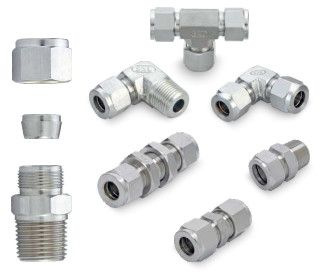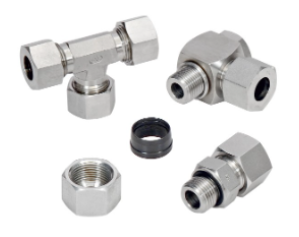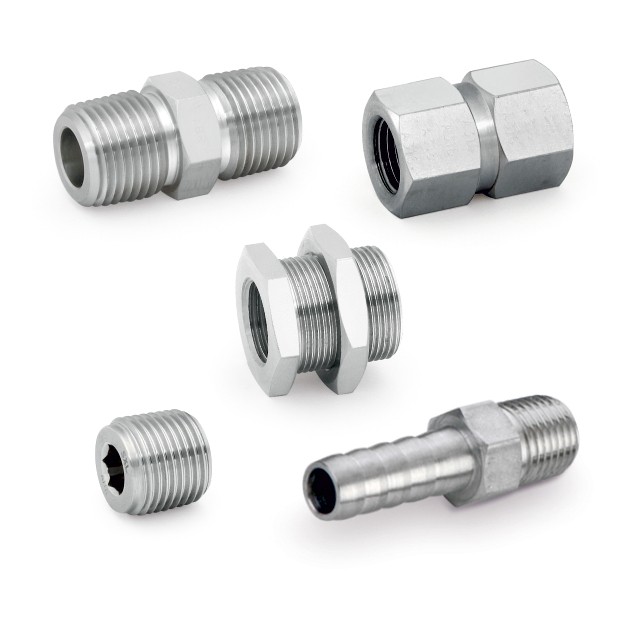Single And Double Ferrule Fitting
March 20, 2020How to Accurately Assemble NPT Pipes Fittings?
April 26, 2021Stainless steel is a flexible material that can be used in a wide range of applications. Austenitic stainless steel, which is highly corrosion-resistant and ferritic stainless steel, which is magnetic, is the two most common stainless steel varieties. This blog will go into the fundamentals of Stainless Pipe Fittings, the core advantages, and where stainless steel fittings can be most helpful.
Stainless Steel
Steels also have the same basic iron, carbon, and nickel structure, but stainless steel also incorporates chromium – the alloy that gives stainless steel its well-known corrosion resistance.
Austenitic stainless steel has a high chromium and nickel content and low carbon content, resulting in a good combination of strength, workability, and corrosion resistance. The primary stainless steel alloys used in plumbing applications include 18-20% chromium, 8-12% nickel, and trace quantities of carbon (0.08%) and manganese (2%). Austenitic stainless steel has the highest corrosion tolerance and is the most widely used brand of stainless steel in the world.
The Advantages of Stainless Pipe Fittings
Stainless steel provides many advantages to the architect and stainless steel pipe fittings manufacturers. Stainless pipe fittings have a wide range of applications, making them a standard option for various residential and commercial applications. When it comes to stainless steel pipe fittings, it is critical to choose steel fittings tailored to the unique requirements. Or, for a plant or another industrial use, selecting the suitable stainless pipe and fittings for your needs will always turn out to be the most cost-effective solution in the long run.
Material Benefits
The combination of corrosion resistance and high strength makes for less wall thickness and weight. Stainless steel is fire and chemical resistant. It can withstand extremely high flow rates of up to 40m/s, making it suitable for long-term exposure to the elements in almost any area.
Environmental Benefits
Stainless steel can be used in all sources of water, including municipal drinking water. It is highly resistant to a wide variety of potable waters, including those of varying chloride amounts. Stainless steel is entirely recyclable at the end of its useful life and has a more excellent residual scrap value than regular steel.
Economic Benefits
Stainless steel is low-maintenance and does not require extra coating In both indoor and outdoor uses. A stainless steel machine has an estimated lifespan of more than 50 years, which reduces system downtime, repair, and servicing costs throughout the installation.
Stainless Steel Fitting Applications
For all of the advantages of stainless steel, there are a plethora of uses for these fittings. Here are several essential areas of benefit:
- Residential and commercial water supplies face a variety of pressures.
- Commercial and industrial piping devices that would work well under the most challenging and harsh environments.
- Industrial projects are requiring sanitary or highly corrosive conditions.
You will benefit from more excellent performance if you use enough stainless steel pipe fittings. You should be certain that it can have a close fit in addition to being made of a sturdy and robust material that will not rust easily. Using the proper stainless steel pipe fittings would ensure that the pipes are not readily compromised by environmental conditions, maintaining a consistent discharge.



